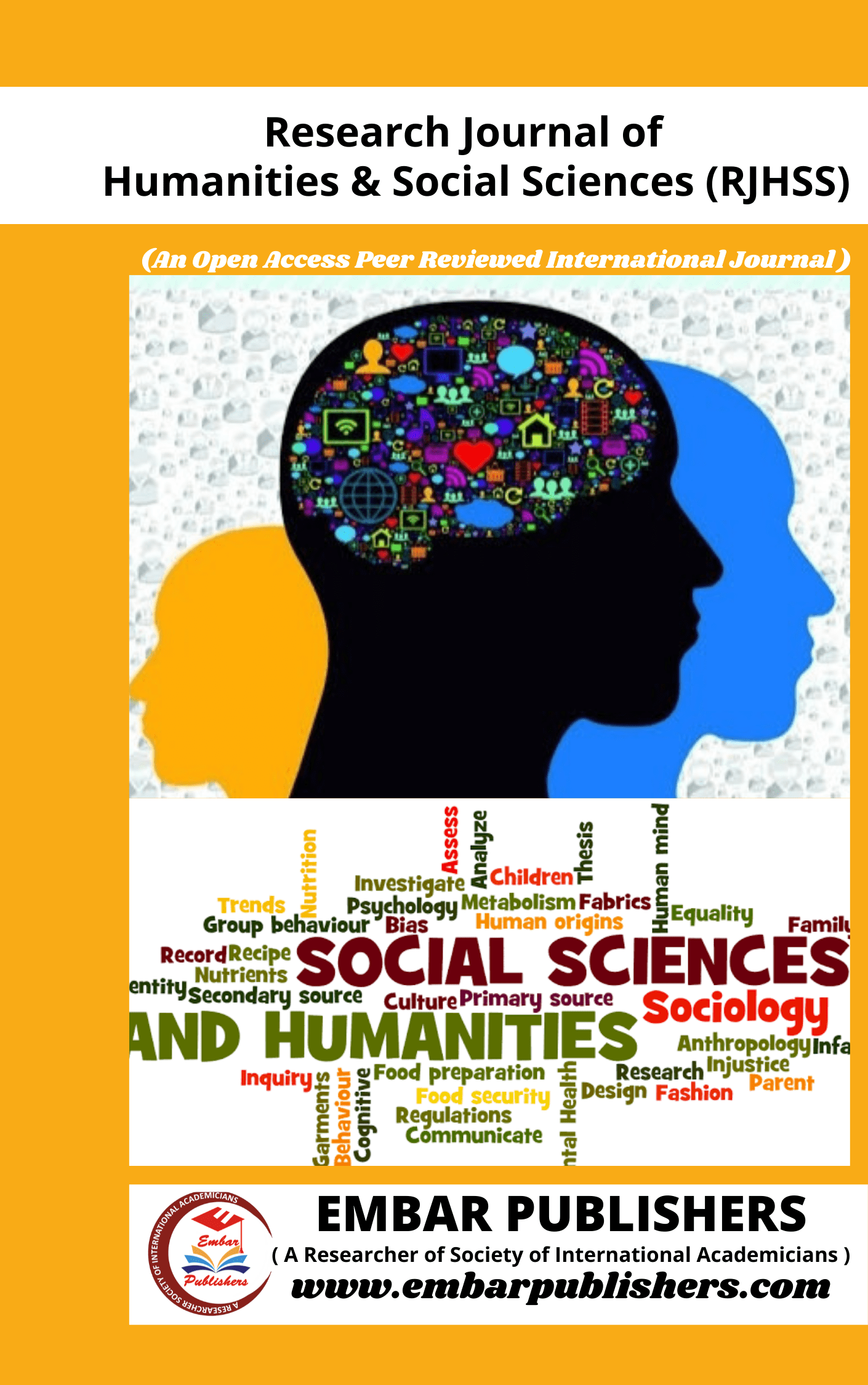
The Ethics of Gene Editing: A Religio-Moral Analysis
Osagie Slyvester Aimiehinor
Faculty, school of ministry, Diocese of Benin
DOI: doi.org/10.58924/rjhss.v4.iss4.p7
Published Date: 19-Aug, 2025
Keywords: Keyword: Gene Editing; Bioethics; Religious Ethics; Human Dignity; Theological Ethics; Genetic Enhancement
Abstract:
Abstract: Gene editing, particularly via CRISPR-Cas9 technology, stands at the frontier of biological innovation and ethical reflection. As humanity wields greater power over the blueprint of life, we are pressed to ask not only "Can we?" but also "Should we?" This article undertakes a religio-moral analysis of gene editing, exploring how sacred traditions and moral reasoning shape our understanding of what it means to be human in an age of genetic engineering. Drawing from Christian, Jewish, and Islamic ethical frameworks, this paper seeks to bridge the dialogue between scientific progress and spiritual wisdom.
References:
1. Araujo, R. J., &Sgreccia, E. (2005).Natural law and bioethics: A contemporary approach. Catholic University of America Press.
2. Beauchamp, T. L., & Childress, J. F. (2019).Principles of biomedical ethics (8th ed.). Oxford University Press.
3. Cameron, N. M. de S. (1999). The new medicine: Life and death after Hippocrates. Bioethics Press.
4. Congregation for the Doctrine of the Faith. (2008). Dignitas personae: On certain bioethical questions. Vatican Publishing.
5. Deane-Drummond, C. (2014). The wisdom of the liminal: Evolution and other animals in human becoming. Eerdmans.
6. Dorff, E. N. (2008). Matters of life and death: A Jewish approach to modern medical ethics. Jewish Publication Society.
7. Ghaly, M. (2010).Islamic perspectives on genetic modification.Zygon: Journal of Religion and Science, 45(4), 851–874. https://doi.org/10.1111/j.1467-9744.2010.01128.x
8. Habermas, J. (2003). The future of human nature.Polity Press.
9. Lewis, C. S. (1947). The abolition of man.HarperOne.
10. Meilaender, G. (2013). Bioethics: A primer for Christians (3rd ed.). Eerdmans.
11. Padela, A. I. (2013). Islamic bioethics: Between sacred law, lived experiences, and state authority. Theoretical Medicine and Bioethics, 34(2), 65–80. https://doi.org/10.1007/s11017-013-9240-0
12. Sachedina, A. (2009). Islamic biomedical ethics: Principles and application. Oxford University Press.
13. Sandel, M. J. (2007). The case against perfection: Ethics in the age of genetic engineering. Harvard University Press.
14. Waters, B. (2006). From human to posthuman: Christian theology and technology in a postmodern world. Ashgate.
15. Singh S. Development of International Regimes for Child Rights. Res J Hum Soc Sci. 2025 Aug 06; 4(4):11-21. DOI: doi.org/10.58924/rjhss.v4.iss4.p2
16. Agatha Mwende Kakui. Historical Background of Konza in Kenya: An In-Depth Exploration. Research Journal of Humanities and Social Sciences.2024 Jan 11,4(4):1-10 , DOI:doi.org/10.58924/rjhss.v4.iss4.p1
17. Negi BS. The Impact of Teacher Training on the Use of Digital Technologies in English Language Teaching and Learning. Research Journal of Humanities and Social Sciences. 2025 Feb 26;4(1):1 DOI: doi.org/10.58924/rjhss.v4.iss1.p3
18. Zoloth, L. (2000). Genetics and justice: A Jewish approach. The Hastings Center Report, 30(4), 37–43. https://doi.org/10.2307/3528432

ISSN(Online): 2945-3968
Publisher: Embar Publishers
Frequency: Bi-Monthly
Chief Editor: Dr N.L.N Jayanthi
Language: English
